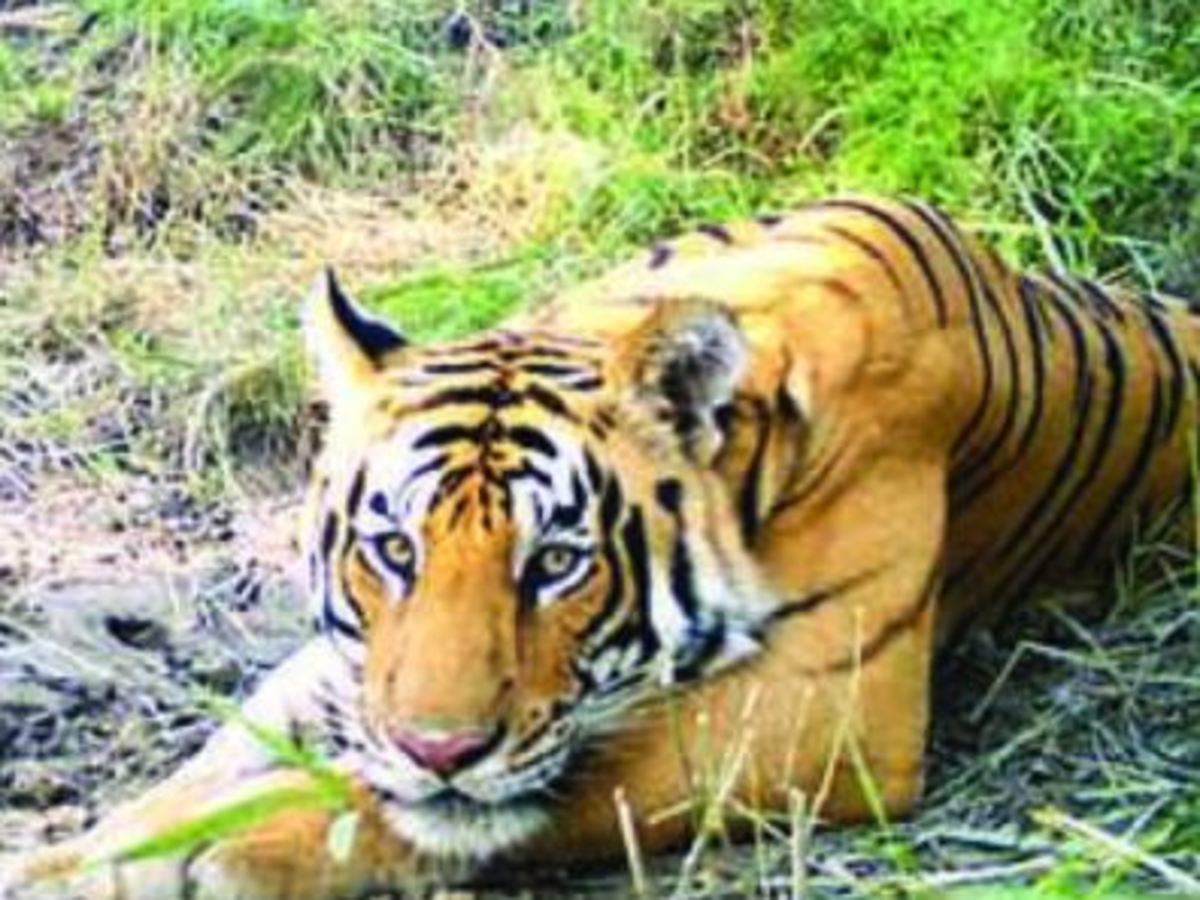Valmiki Tiger Reserve forms the easternmost limit of the Himalayan Terai forests in India and is the only tiger reserve of Bihar. Situated in the Gangetic Plains bio-geographic zone of the country, the forest has a combination of bhabar and terai tracts. Valmiki Tiger Reserve lies in the north-westernmost West Champaran district of Bihar. The name of the district has been derived from two words Champa and Aranya meaning Forest of Champa trees.
Wild Animal Diversity
Wild mammals found in the forests of Valmiki Tiger Reserve are Tiger, Sloth bear, Leopard, Wild dog, Bison, Wild boar etc. Several species of deer and antelopes viz barking deer, spotted deer, hog deer, sambar and blue bull are also found here. In Madanpur forest block large number of Indian flying foxes can be sighted. The Reserve has rich avi-fauna diversity. Over 250 species of birds have been reported.

Points :-
Located at the India-Nepal border
- West Champaran district
- Royal Chitwan national park of Nepal is contiguous
River Gandak
the extensive forest area of Valmiki Nagar (formally known as Bhainsa Lotan)
Barking deer, spotted deer, hog deer, sambar, blue bull, spotted hyena, leopard cat, wild cat, fishing cat, lying squirrel, clouded leopard, Indian gaur, Mongoose
encompasses foothills ranges of Himalayan Sivaliks with a mosaic of the cliffs, ridges, gorges
Situated in the Gangetic plains bio-geographic zone of the Country, the forest has a combination of bhabar and terai tracts. only National park in Bihar
harbors vivid socio-cultural diversity. ‘Tharu’, a scheduled tribe, is the dominant community
scheduled tribes other than Tharu in the Valmiki landscape are collectively called Dhangar – which means retained labourer in Oraon dialect.
Dhangar comprises four tribes: Oraon, Munda, Lohra, and Bhuiya. The ‘Dhangars’ were brought to the area as agriculture laborers from the Chhotanagpur Hills. Each Dhangar tribe has its own dialect and they observe their traditional festivals.